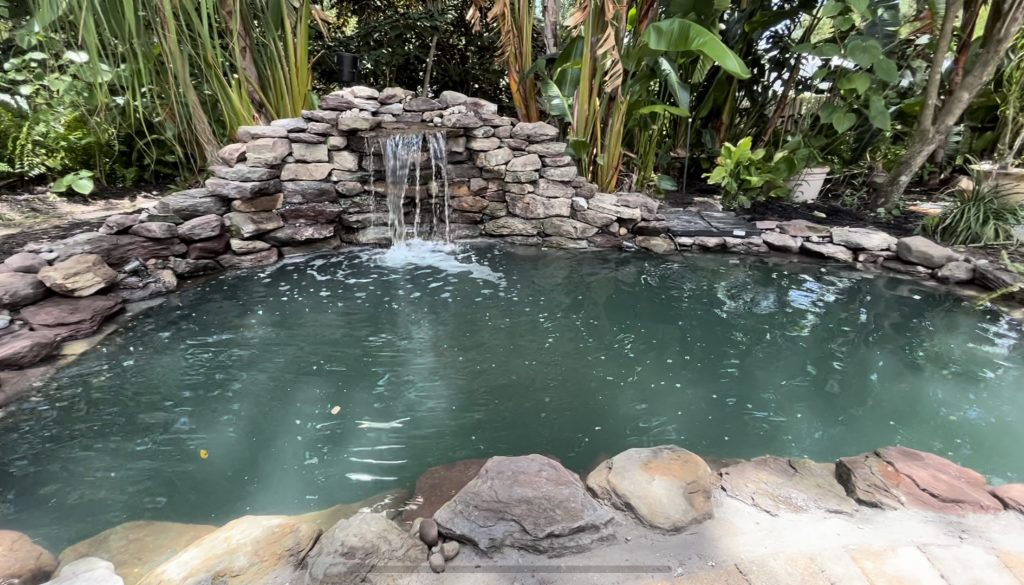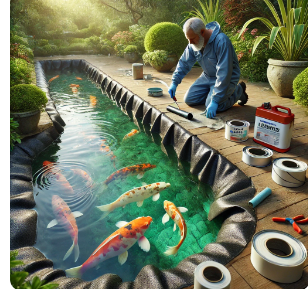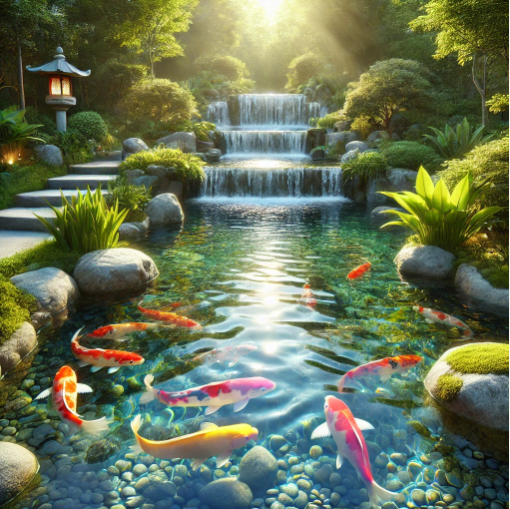Koi fish are not just beautiful; they are also delicate creatures that require clean, well-oxygenated water to thrive. A high-quality pond filtration system is essential for maintaining a healthy pond environment by removing waste, toxins, and harmful bacteria.
But with so many filtration options available, how do you know which one is best for your koi pond? In this guide, we’ll break down the best pond filtration systems, their types, and how to choose the right one for your pond.
Why Do Koi Ponds Need a Filtration System?
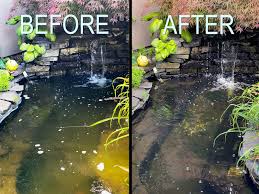
Koi produce a lot of waste, which can quickly pollute pond water if not filtered properly. Without a filtration system, the water can become cloudy, smelly, and full of harmful toxins like ammonia and nitrites, leading to disease and fish loss.
A good pond filtration system helps with:
✔ Removing debris, fish waste, and excess food
✔ Breaking down harmful toxins (like ammonia and nitrates)
✔ Providing oxygen-rich water for koi health
✔ Preventing algae blooms and murky water
Types of Pond Filtration Systems
There are several types of pond filtration systems, each serving a different purpose. Some koi keepers use a combination of these for optimal water quality.
1. Mechanical Filtration (Debris Removal)
This type physically removes solid debris like leaves, uneaten food, and fish waste before they decompose.
📌 Best for: Removing visible dirt and debris to keep water clear.
🔹 Examples: Pond skimmers, pre-filters, sieves, and foam pads.
2. Biological Filtration (Toxin Breakdown)
This type uses beneficial bacteria to break down ammonia and nitrites, converting them into harmless nitrates.
📌 Best for: Keeping koi water safe by eliminating toxins.
🔹 Examples: Bio-filters, moving bed filters, bead filters.
3. UV Sterilizers (Algae & Parasite Control)
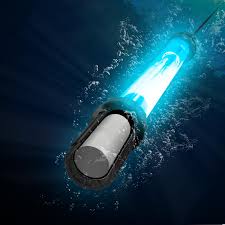
UV clarifiers use ultraviolet light to kill algae, bacteria, and parasites. They help keep water clear and reduce harmful microorganisms.
📌 Best for: Controlling algae and preventing green water.
🔹 Examples: UV clarifiers, inline UV sterilizers.
4. Chemical Filtration (Water Purification)
Chemical filtration removes harmful pollutants such as heavy metals, chlorine, and organic waste using activated carbon or zeolite.
📌 Best for: Removing chemicals and impurities from tap water or medications.
🔹 Examples: Activated carbon filters, zeolite media.
Top 5 Best Pond Filtration Systems for Koi Ponds
1. OASE BioSmart 5000 Pond Filter
✔ Type: Mechanical & Biological Filtration
✔ Best for: Medium to large koi ponds
✔ Features:
- Multi-stage filtration for clean and clear water
- Built-in cleaning system for easy maintenance
- Works well with UV clarifiers
📌 Why it’s great: This filter provides a combination of mechanical and biological filtration, ensuring your koi pond stays healthy with minimal maintenance.
2. Laguna Pressure-Flo 4000 UVC Filter
✔ Type: Mechanical, Biological & UV Sterilization
✔ Best for: Large koi ponds up to 1,000 gallons
✔ Features:
- Pressurized design for strong water flow
- Built-in UV clarifier to prevent algae blooms
- Easy backwash system for cleaning
📌 Why it’s great: The UV sterilization eliminates algae and bacteria, keeping water crystal clear and safe for koi.
3. TetraPond Bio-Active Pressure Filter with UV Clarifier
✔ Type: Mechanical, Biological & UV Filtration
✔ Best for: Ponds up to 4,000 gallons
✔ Features:
- Pressurized system allows for flexible placement
- Removes fine particles and harmful toxins
- UV light reduces green water and algae
📌 Why it’s great: If you’re struggling with algae, this filter is one of the best choices.
4. Matala Koi Clear Filter with BioSteps10
✔ Type: Biological & Mechanical Filtration
✔ Best for: Small to medium-sized koi ponds
✔ Features:
- Multi-layer bio media for maximum filtration
- Compact and easy to clean
- Works great with external pumps
📌 Why it’s great: This system provides excellent biological filtration, which is essential for koi health.
5. Ultima II 4000 Bead Filter
✔ Type: Biological & Mechanical Filtration
✔ Best for: Large koi ponds (up to 4,000 gallons)
✔ Features:
- Advanced bead media for superior filtration
- Self-cleaning backwash system
- Heavy-duty construction for long-term use
📌 Why it’s great: Ideal for large koi ponds, this filter handles heavy waste loads effectively.
How to Choose the Right Pond Filtration System
Choosing the best filtration system depends on your pond size, koi population, and budget. Here’s what to consider:
1. Pond Size & Water Volume
- Small ponds (under 1,000 gallons): Compact biofilters or pressurized filters.
- Medium ponds (1,000-3,000 gallons): Combination of mechanical and biological filters.
- Large ponds (3,000+ gallons): Heavy-duty multi-stage filtration.
2. Number of Koi Fish
More koi means more waste, requiring a stronger filtration system. Choose a larger capacity filter if you have a heavily stocked pond.
3. Filtration Type
- If you have algae problems, get a UV clarifier.
- If you need easy maintenance, go for a pressurized filter.
- If you want biological balance, use biofilters with beneficial bacteria.
4. Budget & Maintenance
Some filters require more maintenance than others. If you want low-maintenance options, choose self-cleaning or backwashing filters.
Tips for Keeping Your Koi Pond Clean
Even the best filtration system needs proper care. Here are some extra tips to keep your koi pond clean and clear:
✔ Perform regular water changes (10-20% every two weeks).
✔ Clean your filter regularly to prevent clogging.
✔ Remove debris like leaves and uneaten food daily.
✔ Use beneficial bacteria to boost biological filtration.
✔ Avoid overfeeding your koi, as excess food creates more waste.
Final Thoughts
A high-quality pond filtration system is essential for keeping your koi fish healthy and your pond water clean. Whether you have a small backyard pond or a large koi setup, the right filter will remove waste, prevent algae, and ensure proper water quality.
When choosing the best filtration system, consider your pond size, fish population, and maintenance preferences. Investing in a reliable filter will save you time and effort while ensuring your koi thrive in clear, healthy water.
📌 Which filtration system are you considering for your koi pond? Let us know in the comments! 🚀🐠

